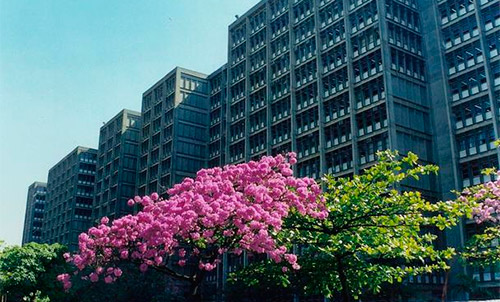28/07/2018 - 08:00 - 09:50
COC21d - Promoção da saúde e humanização |
22456 - PSYCHOSOCIAL FACTORS IN PROMOTING PATIENT SAFETY CULTURE: A STRUCTURAL EQUATION MODELLING ANALYSIS.
ALAN MAICON DE OLIVEIRA - SÃO PAULO STATE UNIVERSITY (UNESP), SCHOOL OF PHARMACEUTICAL SCIENCES, ARARAQUARA, BRAZIL, MARCUS TOLENTINO SILVA - UNIVERSITY OF SOROCABA (UNISO), SOROCABA, BRAZIL, TAÍS FREIRE GALVÃO - CAMPINAS STATE UNIVERSITY (UNICAMP), SCHOOL OF PHARMACEUTICAL SCIENCES, CAMPINAS, BRAZIL, LUCIANE CRUZ LOPES - SÃO PAULO STATE UNIVERSITY (UNESP), SCHOOL OF PHARMACEUTICAL SCIENCES, ARARAQUARA, BRAZIL
Apresentação/Introdução
Evidence is needed in order to consolidate the theory that organizational conditions and psychosocial factors reflect on the safety of the care provided by health services.
Objetivos
To assess whether patient safety culture is related to job satisfaction and burnout syndrome among hospital professionals.
Metodologia
A cross-sectional study conducted in the year 2016 in a teaching hospital that is a reference in health care for 13 cities in the State of São Paulo. Professionals were recruited through random probabilistic sampling. Data collection was made by psychometric instruments in order to analyze job satisfaction (Job Satisfaction Survey–JSS) and burnout syndrome (Maslach Burnout Inventory–MBI), as well as the relationship between these factors and patient safety culture (Safety Attitudes Questionnaire–SAQ). Linear and Poisson regression were calculated. The partial least squares structural equation modeling (PLS-SEM) was used to estimate the influence of psychosocial factors on the safety culture.
Resultados
271 professionals participated in this study. The SAQ indicates level of safety culture below the ideal (mean score: 68.2, 95%CI: 65.8-70.5). The professionals with more time of work showed more negative perception of the safety culture (p=0.05). The JSS defined neutrality regarding job satisfaction (mean score: 131.2, 95%CI: 128.1-134.3) and the hospital‘s administrative staff were more satisfied than health professionals (p=0.02). Burnout syndrome was present in 14.8% (95%CI: 10.5-19%) of the participants and the risk was identified twice as high in men (p=0.05). The PLS-SEM confirmed that job satisfaction and absence of burnout are predictive factors to promote a patient safety culture (p<0.001).
Conclusões/Considerações
Patient safety culture is related to the job satisfaction and burnout syndrome of the hospital professionals. These findings suggest that the psychosocial work environment influences the quality of care provided. Furthermore, these are important notions for health policy makers.
|


